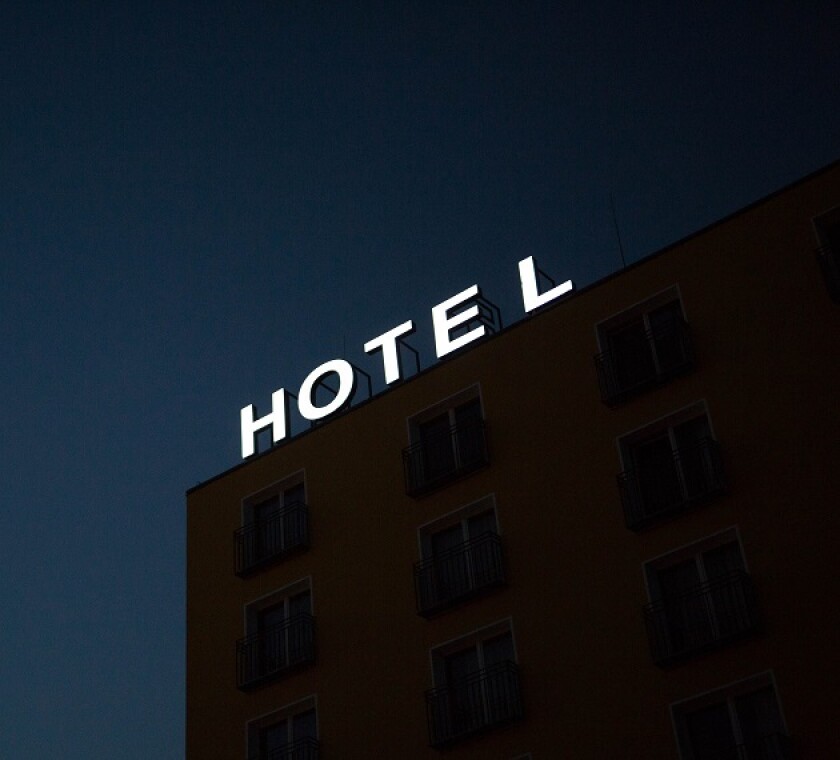The hotel industry is volatile. Workloads and per night tariff change exponentially from one week to another. This is the result of a vortex caused by seasonality in the hospitality industry. The annual planning of a hotel is directly related to this variable, therefore, the way in which a hotel prepares itself to face different seasons will have a direct impact on its financial performance, which should be taken care of in special detail when its income, defined by its rate per night, is controlled in an inter-company transaction.
Tourist zones around the world have two seasons: high and low. High season is when the number of tourists tends to increase in large proportions, causing hotel occupancy to reach up to 100%. On the other hand, low season is the one in which hotel occupancy oscillates between 60% and 70% depending on the destination, usually on periods when most people are either working or studying.
Low season is present three times per year: January to March, after Christmas holidays and before spring-break; May to June, after Easter Week and before summer vacations; and September to November, rain and hurricane season in beach areas.
However, it is important to mention that with the presence of COVID-19, the seasonality has changed given that home office has become a constant, which has allowed people to travel at different times of the year and for longer periods.
As mentioned before, seasonality is a key variable to determine hotel tariffs which are related to occupancy. These rates can be reduced during the low season up to a 50% compared to the highest price of the high season.
Regardless of seasonality, the determination of hotel tariffs is based on a complex algorithm that considers:
The destination’s offer at the time of reservation (occupancy), that is measured with the number of available rooms. Derived from hotel closings due to COVID-19’s presence, this offer contracted, representing a price-rising opportunity to those players able to keep their doors open;
Market supply and demand, where capacity is the key variable;
Travel sentiment reports that allow hotels to know how travelers feel about the destination;
Booking window and room inventories control;
Hotel’s online category and reputation, and its customer satisfaction index;
Competitor´s rates (by brand, by destination and by active level);
Marketing investment;
Customer volume by geographic precedence and target market;
Sales market as well as guaranteed quotas; and
Government regulations regarding COVID-19 for the country of destination and country of origin including security, hygiene, and infection protocols.
From a transfer pricing (TP) perspective, when the sale/purchase of tariffs is documented, the reference method is the comparable uncontrolled price (CUP).
The CUP method compares the prices of goods and services transferred in a controlled transaction (affiliated companies) with the price charged for goods and services transferred in a comparable independent transaction (third parties) under similar circumstances. As such, given that a hotel offers the same service to third parties and related parties, the internal comparable can be used to document the transaction in a direct and reasonable way.
Nonetheless, there may be differences to adjust, specially derived from the volume, the production level associated to the sales channel, and the seasonality.
Existing sales channels in the hospitality industry include tour operators, OTAs (online travel agencies), travel agencies and the direct channel.
In traditional channels, agencies and tour operators, usually establish annual fees and discounts in their agreements according to seasonality. New channels, like OTAs, are based on dynamic net rates, and the contract only establishes the profit margin for the agency.
The difference on the tariff price oscillates approximately between 25% and 10% for the final customer (operator’s commission), depending on each channel’s production level. In addition to this differential, marketing support is agreed upon (investment quotas) to reinforce a holiday, a promotion, or a campaign, which in average could be between 5% to 10% of the channel’s total sales. Finally, there are additional discounts that range between 2% and 8% depending on the price level and occupancy at the moment of the discount.
Although the market shows defined tendencies, when the inter-company tariff is documented, it usually does not reflect these trends, and on the contrary, an average annual tariff linked to a quota or minimum guaranteed amount is agreed upon.
As a result, our challenge as consultants, is to identify and correctly measure the internal comparables as to consistently reflect the behaviour of supply and demand between third parties by considering all the aforementioned variables, and consequently, adjust the external comparables to the transaction under analysis.
Additionally, it should be verified that the rate sold to the final client covers the market profit margin associated to each of the operating and marketing functions in the value chain of the company or hotel group, even when there is a guaranteed quota.
Clearly, TP and associated issues to determine a market value hotel tariff pose considerable challenges, but also opportunities for hotel groups, that should consider substantive, economically driven risk management strategies and use these to balance three important and not necessary competing goals:
Retain economic substance from the different tariffs according to supply and demand in the different periods of the year;
Manage the economic risks arising from inter-company structures that are not agreed between independents; and
Comply with local TP requirements while using TP proactively to achieve their own business objectives.
Sakkara Simón
Partner, EY
E: sakkara.simon@mx.ey.com
Ricardo Barbieri
Partner, EY












